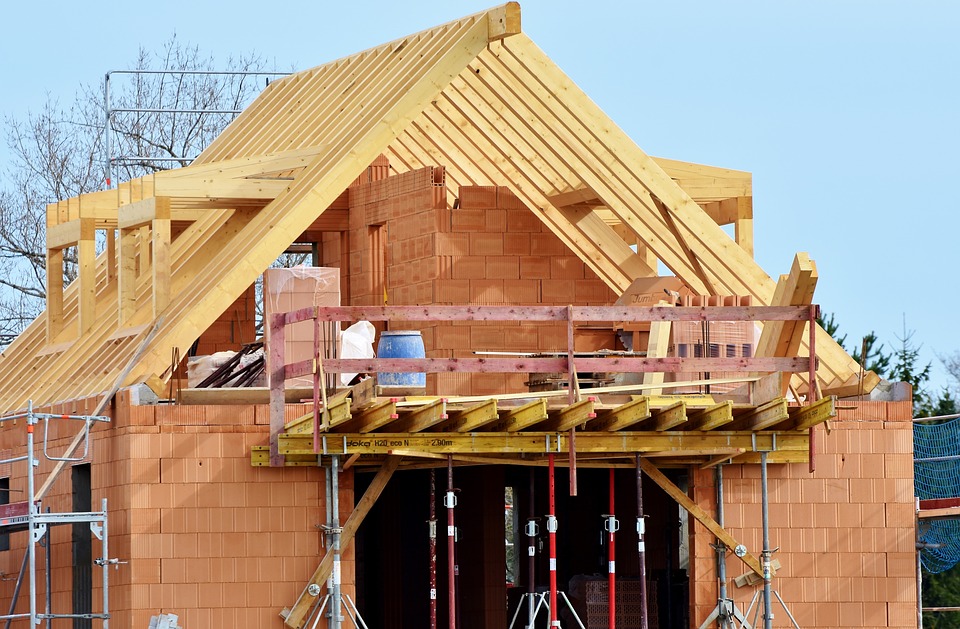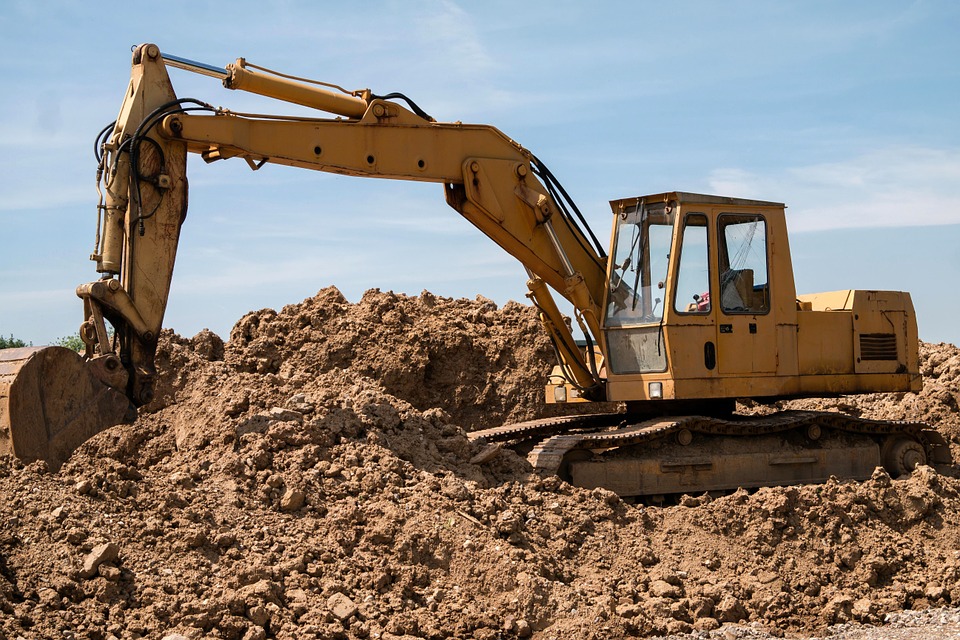In his first budget, Chancellor Rishi Sunak announced a £30bn stimulus for the UK economy with a total spend of £175bn over the duration of this Parliament on infrastructure alone.
His opening budget comments rightly focussed on government measures to tackle the problems caused by the coronavirus outbreak. Small and medium sized businesses could be refunded for sick pay for up to two weeks per employee and will also be able to access business interruption loans of up to £1.2m.
There were a lot of announcements for specific projects, in the budget document if not in the actual statement, which will provide a welcome boost to the entire construction industry. These include £12bn for affordable homes plus £10.9bn on other housing stimulus, with an aim to build 1 million homes over five years, £1bn to cover the costs of removing high-rise cladding, 40 new hospitals, a total of £5.2bn on flood defences over six years, £1.5bn to refurbish schools and colleges and £27bn on roads.
There was a commitment to provide £640m for tree planting with an ambition to plant 30,000 hectares annually by 2025. The use of ‘red diesel’ (diesel which attracts a lower level of duty than that used for transport) will continue to be allowed in the agriculture and forestry sectors but no longer permitted for construction firms.
The government also promised to look again at the function of the Apprenticeship Levy and how improvements can be made to support businesses. It also promised to provide adequate funding to continue the apprenticeship schemes through to 2021 even with the expected rise in numbers of apprentices.
We contacted several industry figures for their reactions:
On the introduction of a building safety fund…
“We welcome the government’s commitment to a £1bn building safety fund which will allow urgent work to be undertaken to make the UK’s housing safer. However, in order to safeguard millions of people, funding must also include provision for the replacement of fire doors as well as cladding removal,” said Helen Hewitt, CEO of the British Woodworking Federation.
On homebuilding and infrastructure stimulus packages…
“Levelling-up the country isn’t about what is said at the dispatch box, but the £600bn to be spent on new infrastructure stands to transform all parts of this country,” said Hew Edgar, head of RICS UK Government Relations & City Strategy.
“Delivering green, new housing required an ambitious approach to VAT – not superficial tweaks to stamp duty – so we’re disappointed the Chancellor didn’t support the property industry to retrofit thousands of buildings, turning them into places people would have loved to call home.” Mr Edgar added.
“An important boost to UK housebuilding, and presents a number of opportunities for the woodworking and joinery manufacturing sector which produces integral components including windows, doors and staircases. Using timber construction products the UK has an opportunity to become a sustainable construction global leader in the post-Brexit economy,” said Mrs Hewitt.
“Confirming 70,000 new homes, extending the Affordable Homes Programme and supporting local authorities build more affordable homes are all great strides forward. We also look forward to the planning reforms to help accelerate housebuilding. Our members are ideally placed to help deliver cost-effective, high-quality housing that is making a significant contribution towards reducing climate change.” said Nick Boulton, chief executive of the Trussed Rafter Association.
“I am disappointed not to hear more from Mr Sunak about investing in new buildings and existing properties to decarbonise homes on the road to a net zero carbon economy,” said John Newcomb, chief executive of the Builders Merchants Federation “Household energy-efficiency was noticeable by its absence, both from his speech, and from the Budget Red Book.”
On initiatives to tackle climate change…
“With major investment announcements this has to be a good budget for the construction sector,” said Andrew Carpenter, chief executive, Structural Timer Association. “I particularly welcome the investment outlined in the climate commitments – reducing carbon emissions to mitigate the climate crisis has to be a global priority.
“The commitment to an Infrastructure Fund to support Carbon Capture and Storage (CCS) is an interesting one – for years those operating in the structural timber sector have been promoting the benefits of carbon sequestration through the use of engineered timber systems in construction and now the Government have finally acknowledged the importance of CCS.”
On the £1.5bn funding boost to improve the condition of further education colleges…
“Our members look forward to contributing to the refurbishment of further education buildings and, as with housebuilding, there is a major opportunity for the UK to lead the way in the use of sustainable building products including timber,” said Mrs Hewitt.
“The investment in further education will also provide a boost to building provision in certain skilled trades, and support vital education and apprenticeship programmes that help develop the skills that are so vitally needed in the woodworking sector. We look forward to engaging in the National Skills Fund consultation in the spring, to help the Government and our industry tackle the ongoing skills shortage within the construction industry.” Mrs Hewitt added.
On the £640m forestry funding…
“I’m delighted to see the Government confirm it is putting £640 million behind its tree planting target – the biggest injection of forestry funding for a generation,” said Stuart Goodall, CEO of Confor.
“We welcome the ambition to plant 30,000 hectares (75,000 acres) of new woodland annually by 2025 – exactly the same target Confor set last year. The industry will wait with interest to see more details of how we get trees in the ground and start making a real difference . . . we need to see ambition matched by action.”
Source: TTJ Online








